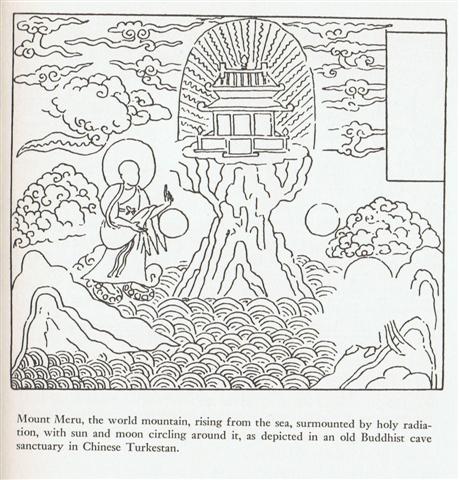|
TRANSLATIONS
Next pages:
The hour-glass form of Meru could be related to the form of the central part in the sign 8. Moving from one 'zero' to the next 'zero' involves a crossing, maybe as in the Mayan months signs at the beginning of the year:
Why is an hourglass formed as it is, with one cone upside down on the top of another one? If the ancient Egyptians had been able to, would they have had another pyramid upside down on top of the bottom one? |
|||||||||||||||||||||||||||||||||||||||||||||||||||||||||||||||||||||||||||||||||||||||||||||||||||||||||||||||||||||||||||||||||||||






















